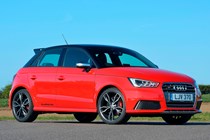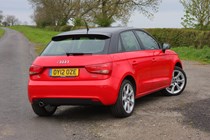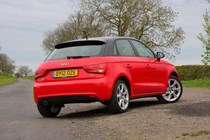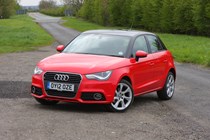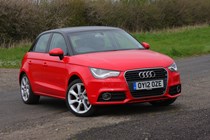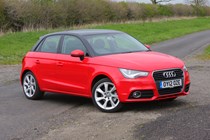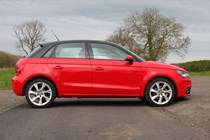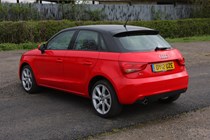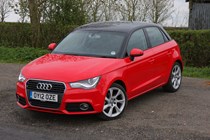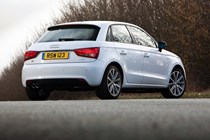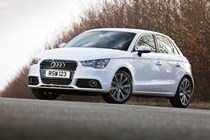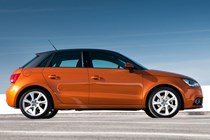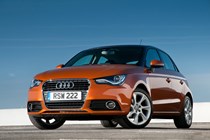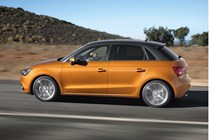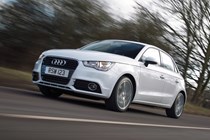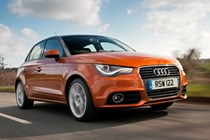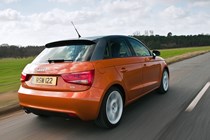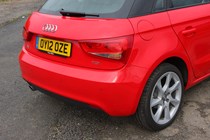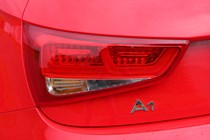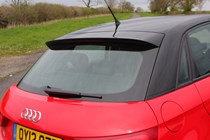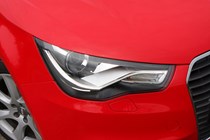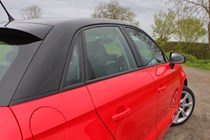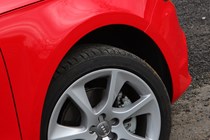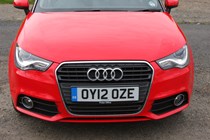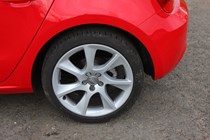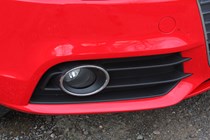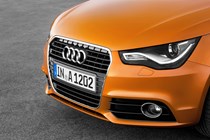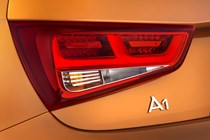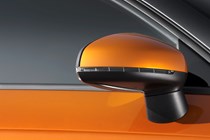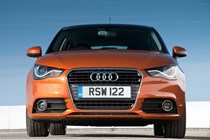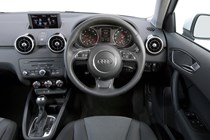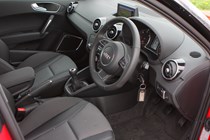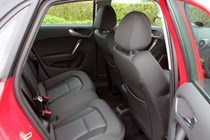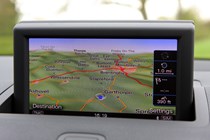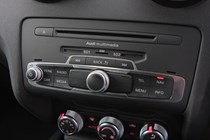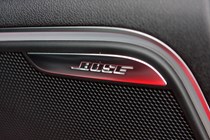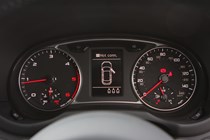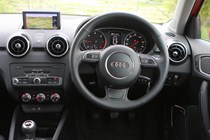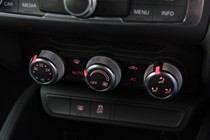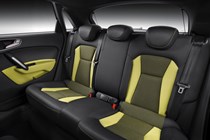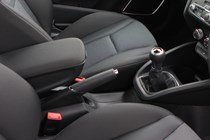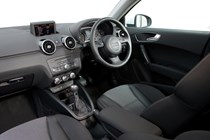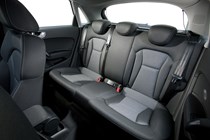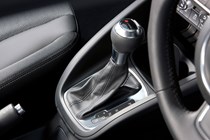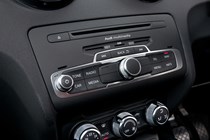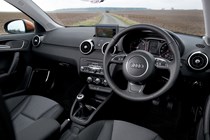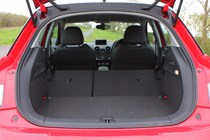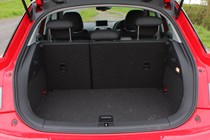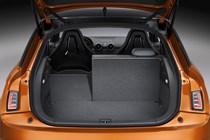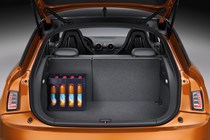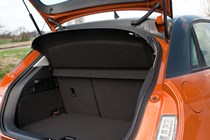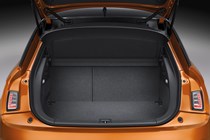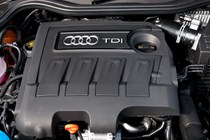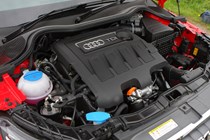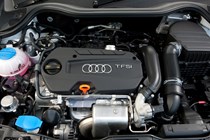Audi A1 Sportback (2012-2018) engines, drive and performance
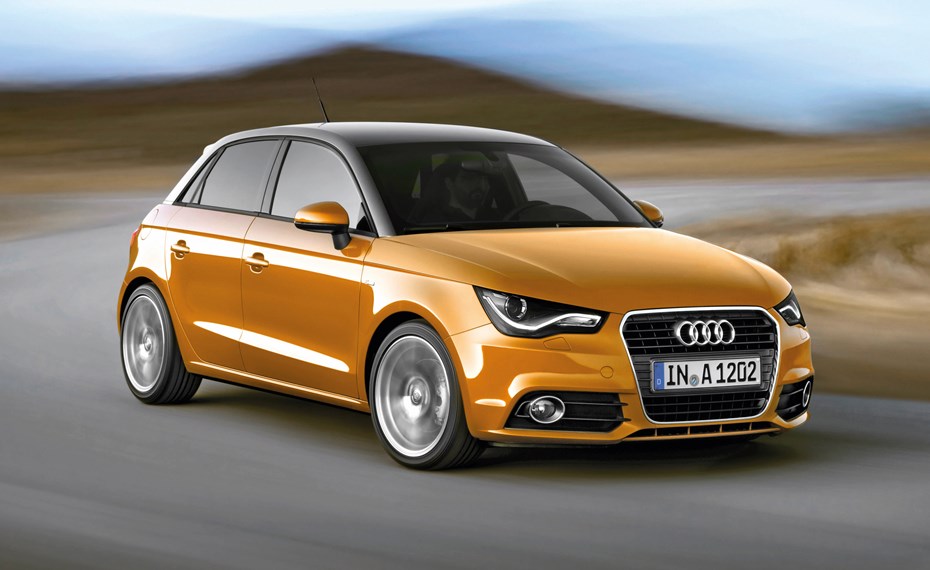
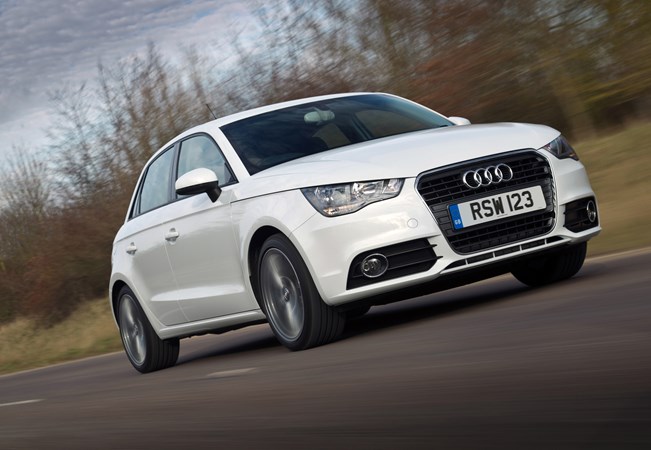
- More petrol than diesel choice
- Power ranges from 94bhp to 182bhp
- 2015-on facelift offers 1.0-litre petrol, updated diesels
As with the standard A1 hatchback, at launch the Sportback came with an excellent choice of fuel efficient or performance-focused petrol engines while the diesel options offer incredibly low running costs. There is also some clever technology available that helps to lower emissions and improve fuel economy.
As with the standard three-door model, there is the rather thuggish 182bhp model on offer if buyers want something with a little more attitude.
The most interesting choice, however, is the 1.4-litre petrol model that comes with cylinder-on-demand technology. This will cut the engine to two cylinders whenever possible and means emissions of just 108g/km.
Audi A1 Sportback petrol engines
The entry level 84bhp 1.2 TFSI engine mated to a five-speed manual gearbox can get from zero to 62mph in 11.9 seconds and has a top speed of 112mph. Overtaking slower traffic will have to be well thought out and you’ll need to work the ‘box to get a little more oomph from the engine.
The more powerful 120bhp 1.4 TFSI is mated to a six-speed manual gearbox that can complete the benchmark sprint in 9.0 seconds and has a top speed of 126mph.
If Audi A1 Sportback performance is your bag, go for the most powerful petrol engine: the 183bhp 1.4-litre mated to an S tronic automatic gearbox can get from zero to 62mph in 7.0 seconds. For enthusiasts this engine is the pick of the bunch. It has a pulling power of 250Nm between 2,500 and 4,000rpm making overtaking slower traffic a fairly hassle-free business.
New three cylinder unit added in 2015, plus petrol updates
A 1.0 TFSI three-cylinder unit replaced the 1.2TFSI in 2015 and emits 99g/km. The turbocharged and directly injected engine is the first three-cylinder in the Audi range and is aimed at achieving diesel-style economy. Provisional data from Audi suggests this engine is capable of returning at least 60mpg with CO2 emissions of 99g/km, while producing 94bhp.
The two turbocharged 1.4-litre TFSI engines have had a power boost – the ‘standard’ unit going from 120bhp to 123bhp, while reducing CO2 from 124g/km to 115g. The ‘Cylinder-on-Demand’ unit now produces 148bhp and produces 112g/km of CO2. For the first time all engines can be paired with the seven speed automatic S tronic gearbox.
Audi A1 Sportback diesel engines
The 103bhp 1.6-litre diesel mated to a five-speed gearbox is the best for those concerned with average fuel economy and low emissions. Performance figures are reasonable for what is an eco-friendly engine: the benchmark sprint takes 10.7 seconds and it has a top speed of 118mph.
With 250Nm of pulling power this version of the Audi A1 Sportback is particularly useful around town when sharp getaways are required.
At the same time the more powerful 2.0-litre diesel version emits 108g/km and will average 68mpg, according to Audi.
In 2015 the 1.6 TDI was been revamped to offer up to 80.7mpg with 92g/km CO2 output, with a manual gearbox.
What’s the Audi A1 Sportback like to drive?
- Not as engaging as some rivals
- Balanced and safe feel though
- Adaptive dampers worth seeking out
The main downside for enthusiasts is that the Audi doesn’t offer the same kind of interaction and road manners of a MINI or a Ford Fiesta.
The earliest Audi A1 Sportback lacks steering feel and there is not enough feedback compared to some rivals. The front end has a lot of grip when cornering and there is very little bodyroll, making the car a lot of fun through the bends.
Even so, it feels balanced and agile when tackling twisty B roads, though the MINI Clubman is still the choice for enthusiasts though.
The facelift of 2015 brought with it a steering upgrade; a new electromechanical system reducing assistance as vehicle speed increases.
The option of adjustable dampers for Sport models and above was introduced with this facelift as well. These can be adjusted as part of Audi’s adaptive dynamics system, featuring three modes – auto, dynamic and efficiency.


